The Seattle, Lake Shore and Eastern Railway (SLS&E) was a railroad founded in Seattle, Washington, on April 28, 1885, with three tiers of purposes: Build and run the initial line to the town of Ballard, bring immediate results and returns to investors; exploit resources east in the valleys, foothills, Cascade Range, and Eastern Washington in 19th-century style, attracting more venture capital; and boost a link to a transcontinental railroad for Seattle, the ultimate prize for incorporation. The historical accomplishment of the line was Seattle to Sumas at the border, with British Columbia, Canada, connecting with the Canadian Pacific transcontinental at the border at Huntingdon, British Columbia, now part of the City of Abbotsford.
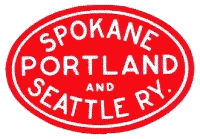
The Spokane, Portland & Seattle Railway (SP&S) was a railroad in the northwest United States. Incorporated in 1905, it was a joint venture by the Great Northern Railway and the Northern Pacific Railway to build a railroad along the north bank of the Columbia River. Remnants of the line are currently operated by BNSF Railway and the Portland and Western Railroad.
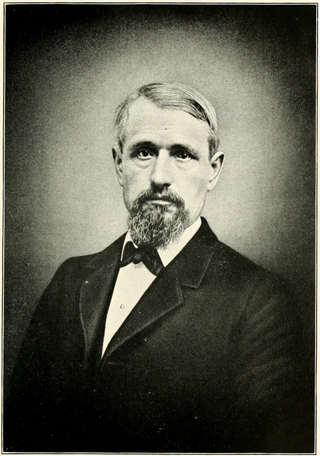
Henry Weinhard was a German-American brewer in Portland, Oregon. After immigrating to the United States in 1851, he lived in Philadelphia, Cincinnati, St. Louis, and Sacramento before settling in the Portland area. Weinhard worked for others in the beer business before buying his own brewery and founded Henry Weinhard's and built its brewery complex in downtown Portland.

The history of the city of Portland, Oregon, began in 1843 when business partners William Overton and Asa Lovejoy filed to claim land on the west bank of the Willamette River in Oregon Country. In 1845 the name of Portland was chosen for this community by coin toss. February 8, 1851, the city was incorporated. Portland has continued to grow in size and population, with the 2010 Census showing 583,776 residents in the city.

The history of Oregon, a U.S. state, may be considered in five eras: geologic history, inhabitation by native peoples, early exploration by Europeans, settlement by pioneers, and modern development.

Lewis Ankeny McArthur, known as "Tam" McArthur, was an executive for Pacific Power and Light Company. He was also the secretary for the Oregon Geographic Board for many years and the author of Oregon Geographic Names. His book, now in its seventh edition, is a comprehensive source of information on the origins and history of Oregon place names. It is a standard reference book in libraries throughout Oregon and the Pacific Northwest. Tam McArthur Rim in the Cascade Mountains is named in his honor.
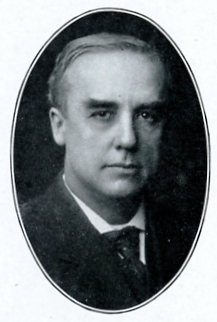
Samuel Bruce Huston was an American politician and lawyer in Oregon. Originally a Democrat and later a Republican, he served in both chambers of the Oregon Legislative Assembly and was twice the mayor of Hillsboro, Oregon. A native of Indiana, he served in the state senate as a Democrat from one county his first term, but moved and changed parties by his second term 20 years later.
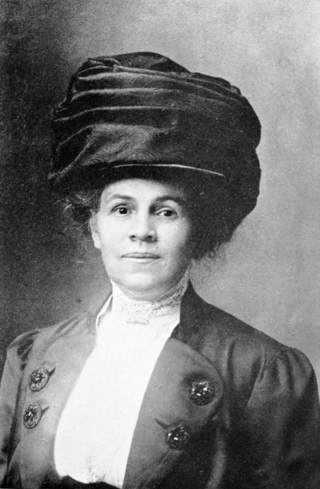
Eva Emery Dye was an American writer, historian, and prominent member of the women's suffrage movement. As the author of several historical novels, fictional yet thoroughly researched, she is credited with "romanticizing the historic West, turning it into a poetic epic of expanding civilization." Her best known work, The Conquest: The True Story of Lewis & Clark (1902), is notable for being the first to present Sacagawea as a historically significant character in her own right.

Frederick Van Voorhies Holman was a prominent lawyer and civic leader of the late 19th and early 20th centuries in Portland in the U.S. state of Oregon. Legal counsel for the Portland Railway, Light and Power Company and other businesses, he was active in Democratic Party politics and in civic organizations. President of the Oregon Historical Society from 1908 to 1927, he was known for his biography of John McLoughlin. A great admirer of roses, Holman helped organize the Portland Rose Society and is credited with giving Portland one of its nicknames, "Rose City". A parcel of land once owned by Holman became Holman Park, which was later merged with other parks and parcels to form Portland's Forest Park in 1948.

For a useful starting point goto Oregon Encyclopedia of History and Culture (2022). Not yet in print format; it is online here with 2000 articles.
The Portland Street Railway Company was the first mass transit company and streetcar line in Portland, Oregon, United States. Founded in 1872 by transportation magnate Ben Holladay, it operated horsecars on a two-mile (3.2 km) narrow gauge line on First Street, from a barn on Glisan Street in the north to Porter Street in the south.
The following is a timeline of the history of the city of Portland, Oregon, United States.

Ella Rhoads Higginson was an American author of award-winning fiction, poetry, and essays characteristically set in the Pacific Northwest region of the United States. She was the author of 2 collections of short stories, 6 books of poetry, a novel, a travel book, well over 100 short stories, over 400 poems, and hundreds of newspaper essays. She was influential for the ways her writing drew international attention to the then little-known Pacific Northwest region of the United States. She served as an officer of the Pacific Coast Women's Press Association.

Ella Etna McBride was an American fine-art photographer, mountain climber, and centenarian known for her career achievements after age sixty. In addition to running her own photography studio for over thirty years, she also spent eight years running the photography studio of Edward S. Curtis.
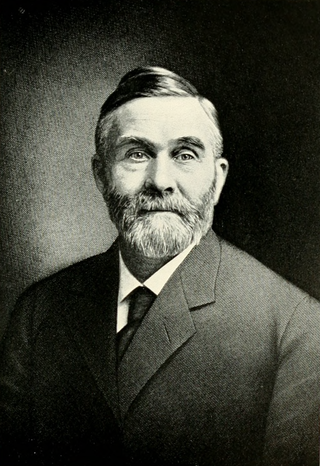
George Henry Himes was an Oregon pioneer and the first curator of the Oregon Historical Society. His collection of diaries and notebooks preserved the details of the lives and experiences of many pioneers.

Richard Maynard (1832–1907) was a Canadian photographer known mainly for his landscape views taken throughout British Columbia, along coastal Alaska and on the Pribiloff Islands of the Bering Sea.
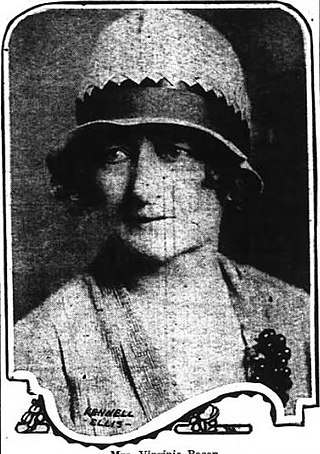
Virginia Cleaver Bacon was Oregon State Librarian.
Journalism in the U.S. state of Oregon had its origins from the American settlers of the Oregon Country in the 1840s. This was decades after explorers like Robert Gray and Lewis and Clark first arrived in the region, several months before the first newspaper was issued in neighboring California, and several years before the United States formally asserted control of the region by establishing the Oregon Territory.
Eli Sheldon Glover was an artist and publisher of perspective maps, including maps of cities in the Midwestern and Western United States and Canada. Glover was active in San Francisco, Chicago, and Tacoma. He was also an inventor, and he wrote The Diary of Eli Sheldon Glover.
The following is a timeline of the history of Oregon in the United States of America.




















